By Dr Melissa Bruton, Wildlife Ecologist
As part of their ground-breaking partnership, Australian Wildlife Conservancy (AWC) and Dambimangari Aboriginal Corporation (DAC) are undertaking the biggest wildlife survey ever conducted on mainland Dambimangari country.
Since it began in November 2016, AWC ecologists and Dambimangari rangers have set and collected data from more than 24,000 remote camera trap-nights, providing real data about the distribution of threatened species, and the extent and impacts of potential threats.
Dambimangari country is diverse. It has rugged coastlines, coastal and offshore islands, extensive ranges and isolated valleys, rivers and life- giving springs. There are rainforests, woodlands, savannahs and grasslands. Sandstone escarpments meet granite hills, interspersed with volcanic boulder fields. The lowlands have extensive rocky, sandy and clay plains. Many of these remote areas have never been surveyed.
Dambimangari country encompasses 1.6 million hectares of land along the Kimberley coast in north-western Australia, together with the adjacent coastal waters and islands. It includes some of the highest-priority land for conservation in Australia, particularly a large proportion of the only area on the mainland not to have suffered any animal extinctions since European settlement.
The AWC-DAC partnership is crucial for effective threatened species monitoring and management. As Dambimangari country is so remote and rugged, access is mostly by helicopter and boat, with each partner providing critical logistical support and expert knowledge.
To find out where threatened species occur on Dambimangari country, AWC and DAC work together to deploy remote-sensing cameras in refugial habitats such as islands, rainforest springs, isolated hills, and rugged ranges. This is the first time that many areas have been surveyed.
The remote cameras are proving effective for detecting threatened species on Dambimangari country, including:
A recent detection of the endangered Black-footed Tree-rat, the first in the Kimberley for over 30 years, has the joint team excited about the prospect of detecting this threatened mammal on Dambimangari country. Other target threatened species for future inventory surveys include the Nabarlek and Brush-tailed Rabbit- rat.
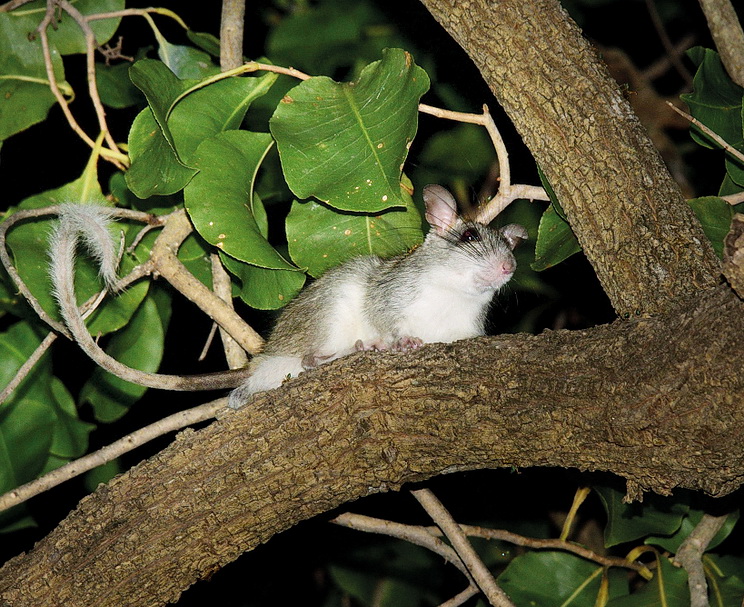 © Melissa Bruton/AWC
© Melissa Bruton/AWC
The Golden Bandicoot
One of the key species for monitoring and management on Dambimangari country is the Golden Bandicoot. This species is one of 20 threatened mammals targeted in the Commonwealth Government’s ‘Threatened Species Strategy’. Golden Bandicoots look like the more common Northern Brown Bandicoots in the western Kimberley. Only through genetic testing are we able to differentiate the two species. So far, we have confirmed eight Golden Bandicoots populations across Dambimangari country. Establishing the range of the locations of these populations will inform land management strategies, including fire management and feral cat control.
Monitoring and managing potential threats
AWC and DAC are working together to assess risks to threatened fauna and their habitats on Dambimangari country. We have completed cattle, donkey, weed and feral cat surveys in targeted lowland areas to inform our threat management programs. The level of these threats in the rugged highland refuge areas of Dambimangari country is considered to be low.
Effective fire management across Dambimangari country has already had a big impact, reducing the risk of high-intensity, late season wildfires.
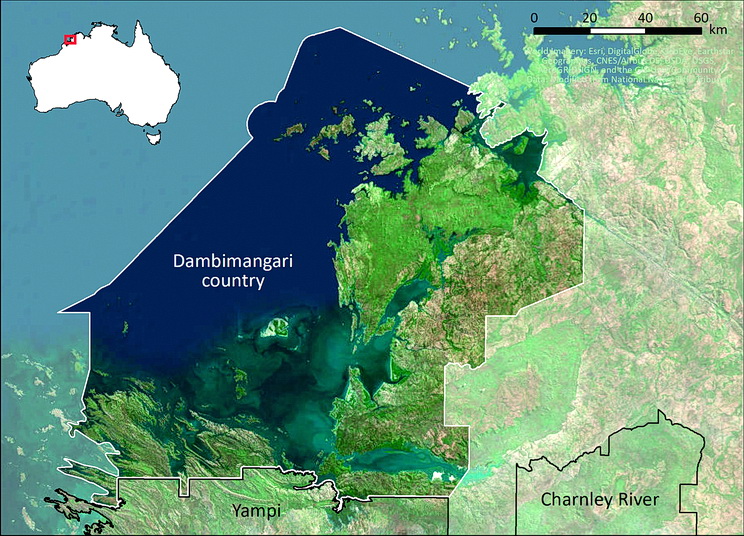 © AWC
© AWC
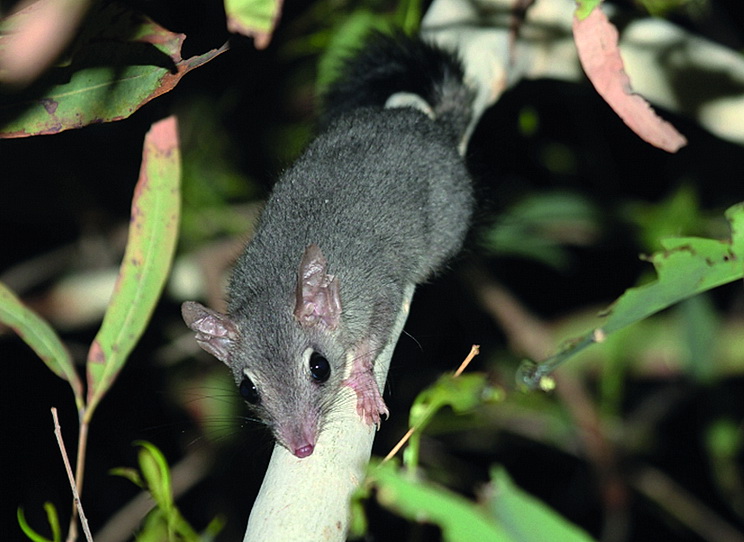 © Andrew Morton/AWC
© Andrew Morton/AWC
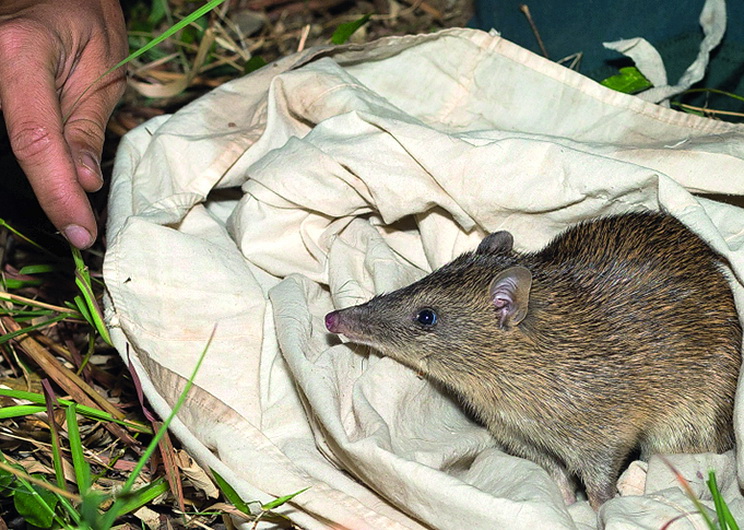 © Brad Leue/AWC
© Brad Leue/AWC
Augustus Island survey
In June this year, a team of six Dambimangari Rangers and two AWC ecologists travelled by boat and helicopter to Augustus Island in Dambimangari country to complete the first joint surveys on one of the key refugial habitats on Dambimangari country – offshore islands. Over five days the team:
The team was rewarded for their efforts with two Golden Bandicoot populations confirmed on Augustus Island.
They also detected Northern Quolls, Scaly-tailed Possums, Kimberley Rock-rats, Water Rats and Small Rock Wallabies on remote cameras. The hunt for Nabarleks continues.
The Augustus Island project is supported by the Kimberley Ranger CWR mammal project through funding from the Australian Government’s National Landcare Program, WWF Australia and Lotterywest.
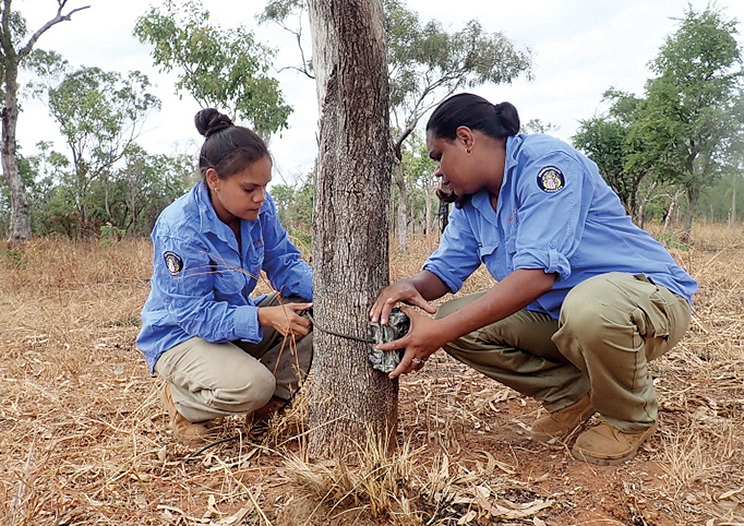 © Melissa Bruton/AWC
© Melissa Bruton/AWC
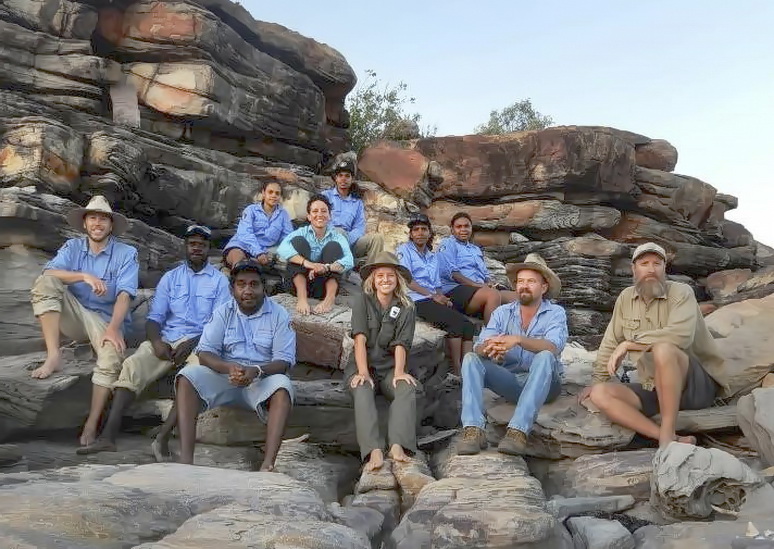 © AWC
© AWC
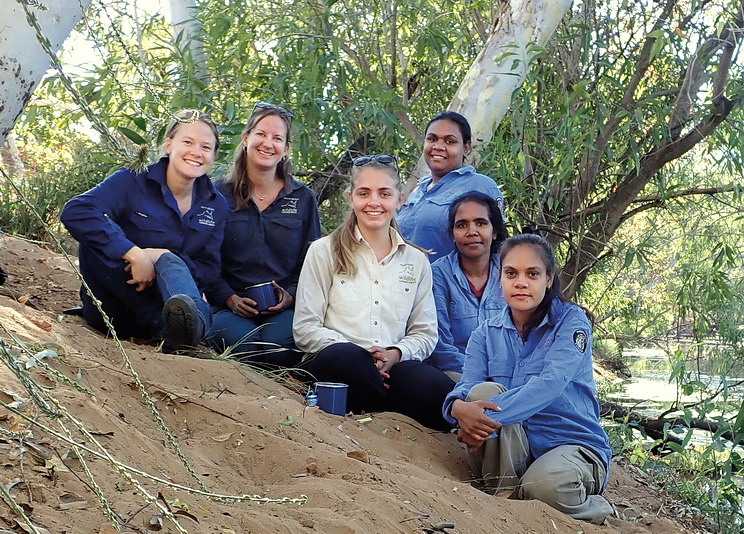 © Stella Shipway/AWC
© Stella Shipway/AWC